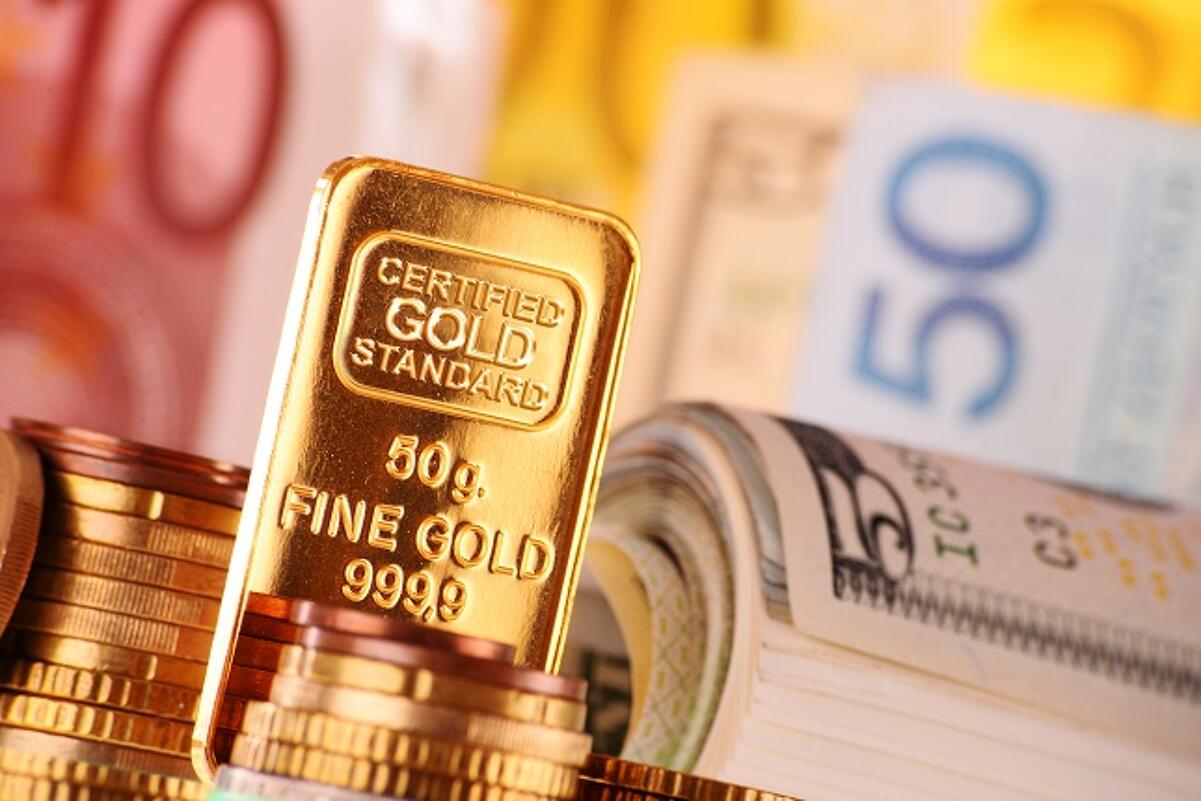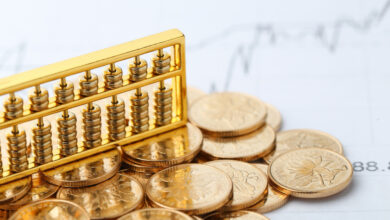In recent years, the price of gold in Germany has been subject to significant fluctuations, influenced by various economic, geopolitical, and market factors. Investors and analysts keen on understanding these fluctuations must delve into the intricate web of influences that shape gold prices within the German market. This article aims to explore the trends, factors, and strategies associated with navigating gold price fluctuations in Germany.
Historical Overview of Gold Price in Germany
To understand the current state of gold prices in Germany, it’s crucial to examine historical trends. Over the past century, gold has been regarded as a safe haven asset, particularly during times of economic uncertainty. In Germany, events such as World Wars, economic crises, and geopolitical tensions have historically driven fluctuations in gold prices.
Economic Factors Impacting Gold Prices in Germany
Economic indicators play a significant role in influencing gold prices in Germany. Factors such as inflation rates, interest rates, and currency strength can affect the demand for gold as a hedge against inflation and currency devaluation. Moreover, economic policies enacted by the German government and the European Central Bank can also impact investor sentiment towards gold.
Geopolitical Tensions and Safe-Haven Demand
Geopolitical tensions across the globe often trigger a flight to safety among investors, leading to increased demand for gold. In Germany, geopolitical uncertainties within the European Union and global conflicts can drive up gold prices as investors seek refuge in assets perceived as safe havens.
Market Sentiment and Investor Behavior
Market sentiment and investor behaviour play a crucial role in determining short-term fluctuations in gold prices. Sentiment indicators, such as the gold futures market and investor positioning, can provide insights into the direction of gold prices in Germany. Additionally, psychological factors, such as fear and greed, can influence investor decisions and contribute to price volatility.
Supply and Demand Dynamics
The supply and demand dynamics of gold also impact prices in the German market. Gold production levels, mining costs, and central bank reserves influence the supply side, while jewellery demand, industrial use, and investment demand affect the demand side. Understanding these dynamics can provide valuable insights into future price movements.
Technological Innovations and Gold Trading
Technological advancements have revolutionised the way gold is traded in Germany. Online trading platforms, mobile apps, and algorithmic trading have made gold more accessible to retail investors. These innovations have also increased market efficiency and liquidity, impacting the speed and magnitude of price fluctuations.
Strategies for Navigating Gold Price Volatility
Given the inherent volatility of gold prices in Germany, investors must employ strategic approaches to mitigate risks and capitalise on opportunities. Diversification, dollar-cost averaging, and setting clear investment goals are some strategies that investors can adopt to navigate gold price fluctuations effectively.
Forecasting Gold Prices in Germany: Challenges and Approaches
Forecasting gold prices in Germany poses significant challenges due to the multitude of factors influencing market dynamics. While technical analysis, fundamental analysis, and sentiment analysis can provide insights into future price movements, predicting gold prices with precision remains elusive.
Impact of Monetary Policies on Gold Prices
Monetary policies implemented by the European Central Bank (ECB) and the German government can have a profound impact on gold prices. Policies such as quantitative easing, interest rate decisions, and currency interventions can influence inflation expectations, currency values, and investor sentiment towards gold.
Environmental, Social, and Governance (ESG) Considerations
In recent years, environmental, social, and governance (ESG) considerations have gained prominence among investors in Germany. As awareness of sustainability issues grows, investors are increasingly scrutinising the environmental and social impacts of their investments, including gold mining practices and supply chain transparency.
Conclusion
Navigating fluctuations and trends in gold prices in Germany requires a nuanced understanding of various economic, geopolitical, and market factors. While historical trends provide valuable insights, investors must also consider contemporary influences such as economic policies, geopolitical tensions, and investor sentiment. By employing strategic approaches and staying informed about market developments, investors can effectively navigate the dynamic landscape of gold trading in Germany.
FAQs
1. What drives fluctuations in gold prices in Germany?
Fluctuations in gold prices in Germany are driven by a combination of economic factors, geopolitical tensions, market sentiment, and supply-demand dynamics.
2. How can investors hedge against gold price volatility?
Investors can hedge against gold price volatility by diversifying their investment portfolios, employing dollar-cost averaging strategies, and staying informed about market developments.
3. Is gold a reliable hedge against inflation in Germany?
Gold has historically served as a reliable hedge against inflation in Germany, as it tends to retain its value during periods of rising prices and currency devaluation.
4. What role do central banks play in influencing gold prices in Germany?
Central banks, including the European Central Bank (ECB), can influence gold prices through monetary policies such as interest rate decisions, currency interventions, and gold reserves management.
5. How can retail investors access the gold market in Germany?
Retail investors can access the gold market in Germany through various channels, including physical gold purchases, gold exchange-traded funds (ETFs), and online trading platforms offering gold derivatives.
Also read: Server Room Flooring: Choosing the Right Materials for Maximum Efficiency




